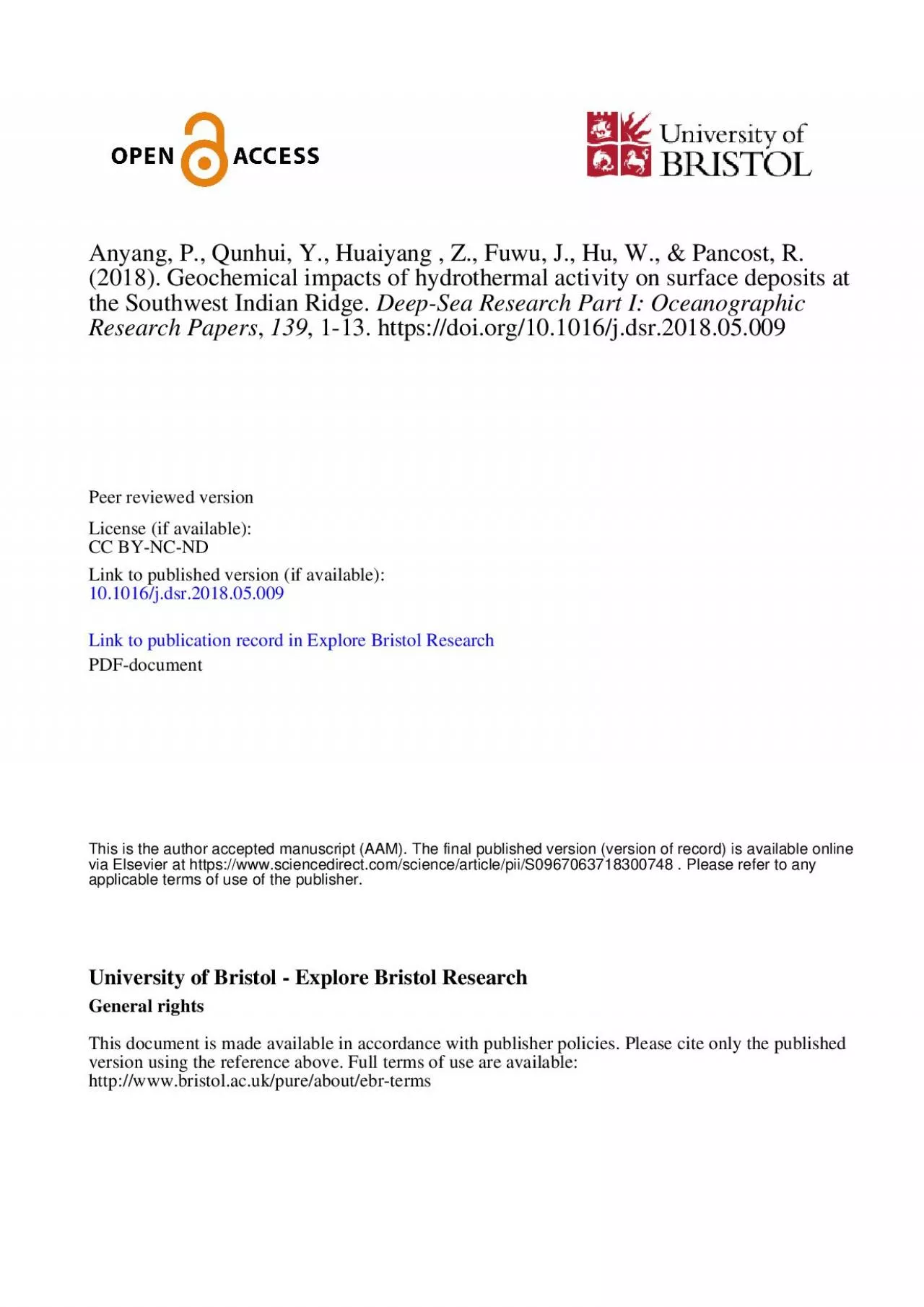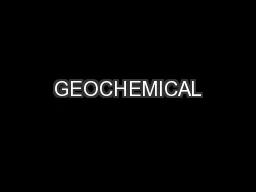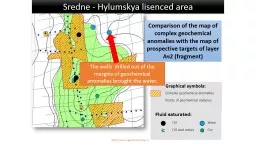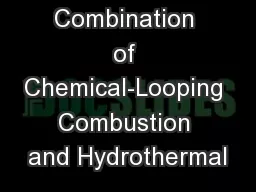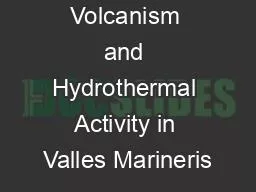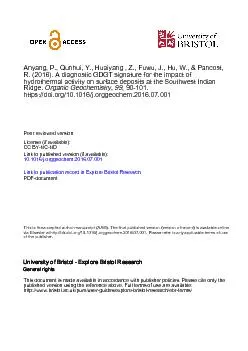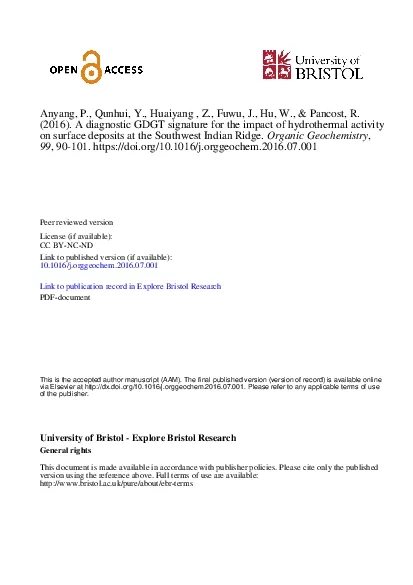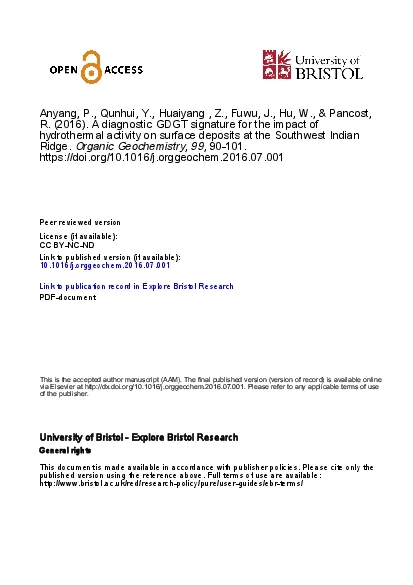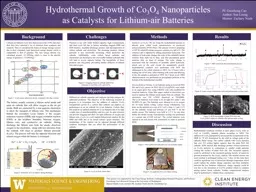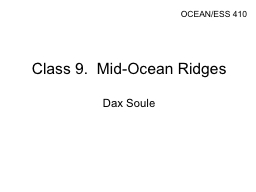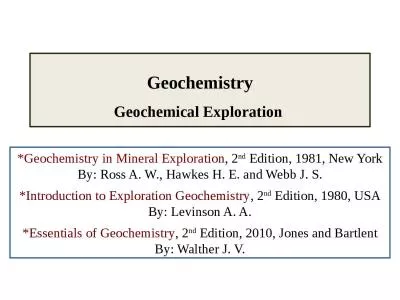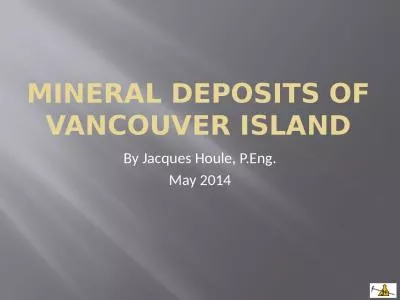PDF-Geochemical impacts of hydrothermal activity on surface deposits at th
Author : daisy | Published Date : 2021-08-07
Indian RidgeAnyang Pan a b cQunhui Yang a Huaiyang Zhou aFuwuJi a HuWangaRichard D Pancost baState Key Laboratory of Marine Geology School of Ocean and Earth Science
Presentation Embed Code
Download Presentation
Download Presentation The PPT/PDF document "Geochemical impacts of hydrothermal acti..." is the property of its rightful owner. Permission is granted to download and print the materials on this website for personal, non-commercial use only, and to display it on your personal computer provided you do not modify the materials and that you retain all copyright notices contained in the materials. By downloading content from our website, you accept the terms of this agreement.
Geochemical impacts of hydrothermal activity on surface deposits at th: Transcript
Download Rules Of Document
"Geochemical impacts of hydrothermal activity on surface deposits at th"The content belongs to its owner. You may download and print it for personal use, without modification, and keep all copyright notices. By downloading, you agree to these terms.
Related Documents

